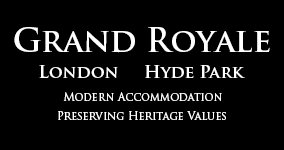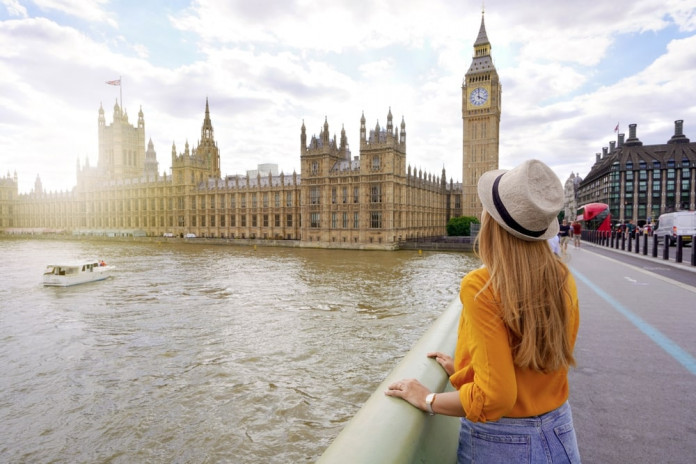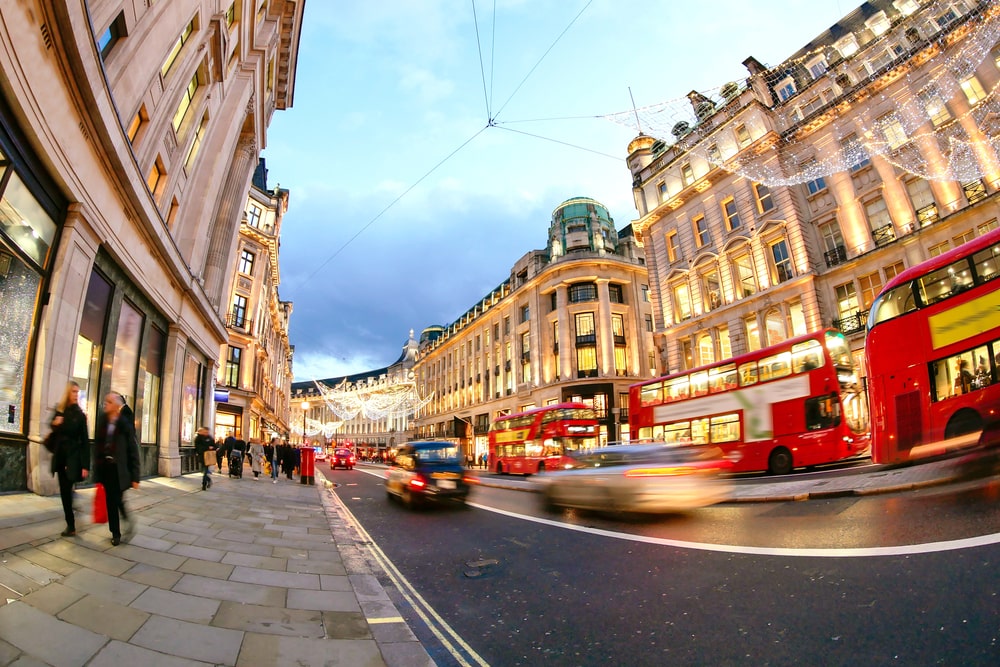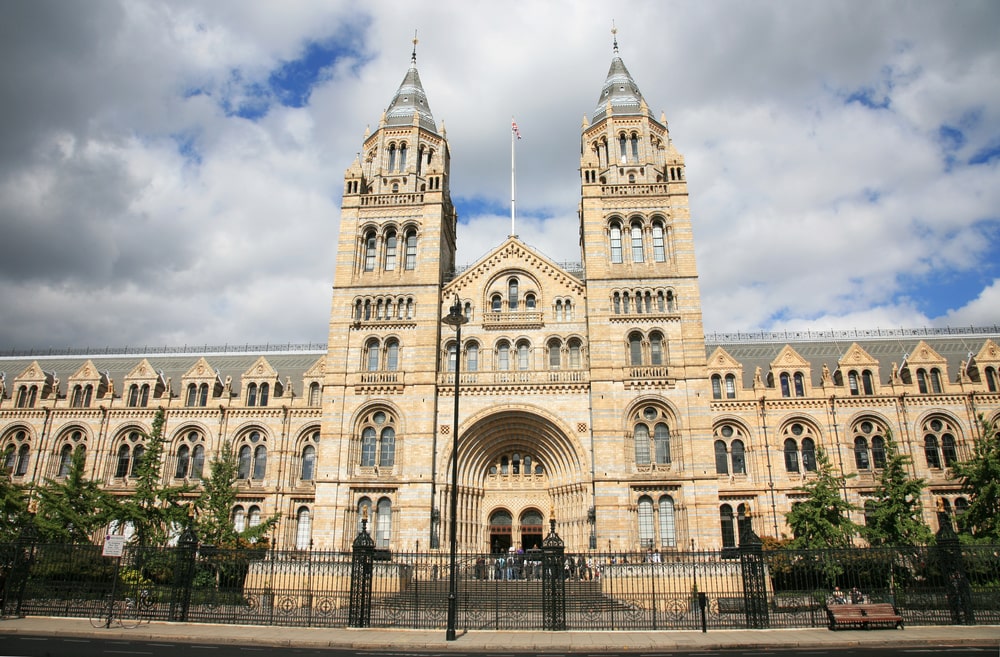The city of London evokes different images for different people. The vast history, the contrast of futuristic and ancient, the diverse landscape all mean that different people will have different experiences during their stay at the Grand Royal Hotel Bayswater. But there are a variety of landmarks, attractions and experiences that all visitors can agree on being a crucial and defining facet of the city.
Whether you’re staying at the Grand Hotel Hyde Park for the first time or the 100th, the vast array of experiences can be overwhelming and no one visit is ever the same. The legacy and iconography of London does provide some universally acknowledged, must-see bucket list attractions though. Regardless of whether you’re here for business, theatre or music, seeing these landmarks and enjoying these activities will make you feel like you’ve experienced the true nature of the city.
Westminster
Whether you take the tour or not, Westminster Abbey, the Houses of Parliament and Big Ben are all international icons, reflecting the political heart of London. The beautiful Gothic revival House of Commons and Big Ben clocktower – now known as Elizabeth Tower – are both open for free tours if you’re a British citizen. On top of this, the nearby Downing Street – more specifically number 10 – is used as the homestead of the incumbent Prime Minister.
Take a step into the ancient Westminster Abbey and you’ll immediately see why so many royal weddings, coronations and memorial services take place at this stunning Church of England Cathedral. Whilst there, peruse the memorials and tombs of famous British monarchs and influential figures such as Stephen Hawking and Geoffrey Chaucer.
Buckingham Palace
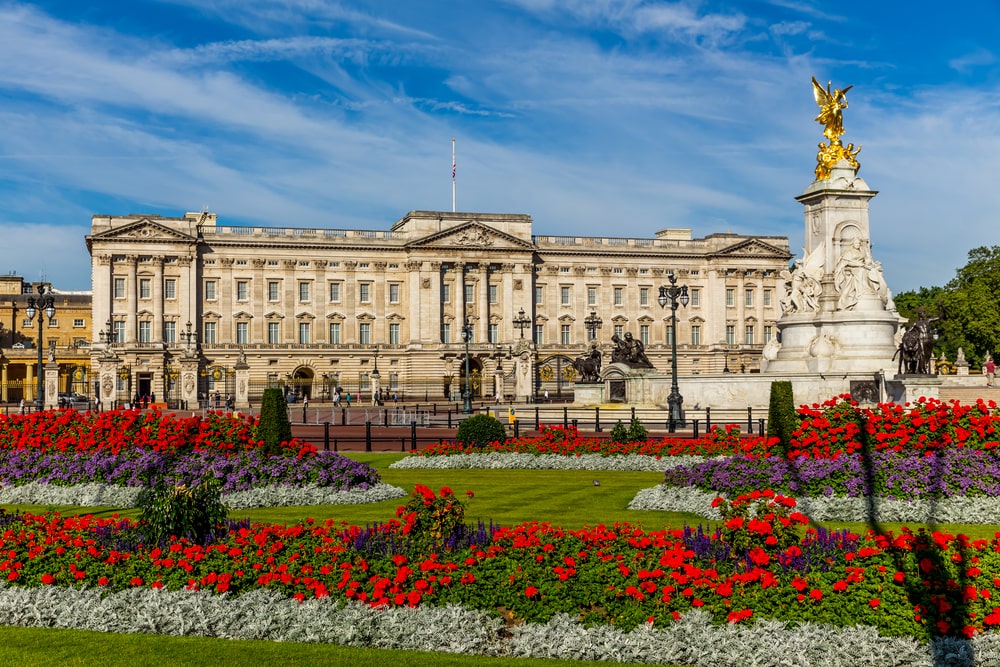 From the political seat of power to the monarchic, Buckingham Palace sits not far from Westminster on the edge of St James’s Park and Green Park. The Georgian era manor house became the official residence of King George III in 1761, and has since been used as the working headquarters for the royal family into the present day. During the summer months, certain areas of the Palace open up for tours from the public as well as invite-only summer garden parties.
From the political seat of power to the monarchic, Buckingham Palace sits not far from Westminster on the edge of St James’s Park and Green Park. The Georgian era manor house became the official residence of King George III in 1761, and has since been used as the working headquarters for the royal family into the present day. During the summer months, certain areas of the Palace open up for tours from the public as well as invite-only summer garden parties.
Over the rest of the year, visitors can watch iconic red-clad royal guards on duty from outside the gilded gates of the palace, a tourist draw with a backdrop of the gold-enshrined Queen Victoria Memorial.
Richmond Park
Developed by 17th century monarch King Charles I as a deer hunting park to accommodate the now vanished Richmond Palace, this is the largest of London’s royal parks and contrasts the busy cityscape with its 2360 acre wood and heathland. The park was originally a royal playground designed as a respite from a bubonic plague outbreak. Nowadays though, it is open to the public, who can experience the raw and wild regality of monarchic monuments, botanic gardens and roaming semi-wild deer.
A Walk Along the South Bank
The South Bank is located close to Waterloo Station and the aforementioned London Eye, encapsulating the majesty and magic of the River Thames. If you’re only going to see the river once in your life, then this is the place to drink it in (not literally, of course!). With cultural crowning jewels of the city lining the promenade, you’ll pass the British Film Institute, South Bank Centre and National Theatre as you watch buskers, skateboarders and river cruises glide on by. The views over the Houses of Parliament, iconic London skyscrapers and St Paul’s Cathedral will stick in your mind forever.
The Pedalos Of Hyde Park
We’ve already mentioned some of the royal parks, but Hyde Park is a truly singular experience, especially for guests of the nearby Grand Royale London Hyde Park. With historic monuments and sculptures scattered across it, Hyde Park and its adjoining Serpentine Lake are summer stalwarts, transforming into a Winter Wonderland (literally) during the festive season. It’s safe to say that of all the royal parks in London, Hyde is the social and political heart of them.
Attractions in Hyde Park for guests of central London hotel offers to tick off their list include the Serpentine Galleries – free to visit contemporary art venues and the beloved rowing boats and swan shaped pedalos hirable on the Serpentine Lake.
Shaftesbury Avenue
Moving on to specific streets, Shaftesbury Avenue is the dazzling heart of London’s West End, on which some of the city’s most famous theatres shine. From the Palace Theatre to the Gielgud, just walking up the mile-long street, you’ll be overcome with the showbiz bug, regardless of whether you have a ticket or not. That’s not to say you shouldn’t book a West End show though, with so much on offer across many genres, everyone from musical lovers to hard-hitting drama enthusiasts will find something to ignite their imagination.
Oxford Street
Another mile-long cultural strip in the West End but this time focused on shopping, Oxford Street is well known for being the busiest high street in Europe. Whilst this might put some people off sticking around, the staggering concentration of department stores, the flagship outlets of much-loved brands and the hustle and bustle is enough to warrant at least a peek. Selfridges is probably the most famous shopping centre on the street, offering a range of luxury goods and fashion brands in a commercial wonderland, whilst off-the-beaten track tourist attractions like the Photographer’s Gallery hide down blink-and-you’ll-miss-them alleyways.
The Natural History Museum
It’s often a toss-up between the Natural History Museum and the British Museum (and there’s no reason why you can’t visit both), but the Natural History Museum takes the biscuit for its links to Victorian royalty and Charles Darwin. Indeed an offshoot of the British Museum, this 1881 founded museum holds a millions-wide collection of artefacts and animal remains in a museum focused on the natural history of our planet.
Including taxidermy of rare animals collected by Charles Darwin himself, other highlights of the large Gothic Revival museum include Dippy the Diplodocus, a completely reconstructed dinosaur skeleton as well as many other ancient fossils. As part of “Albertopolis”, a concentration of cultural centres planned in South Kensington by Prince Albert, husband to Queen Victoria, the Natural History Museum is an especially great attraction for those with younger children.
